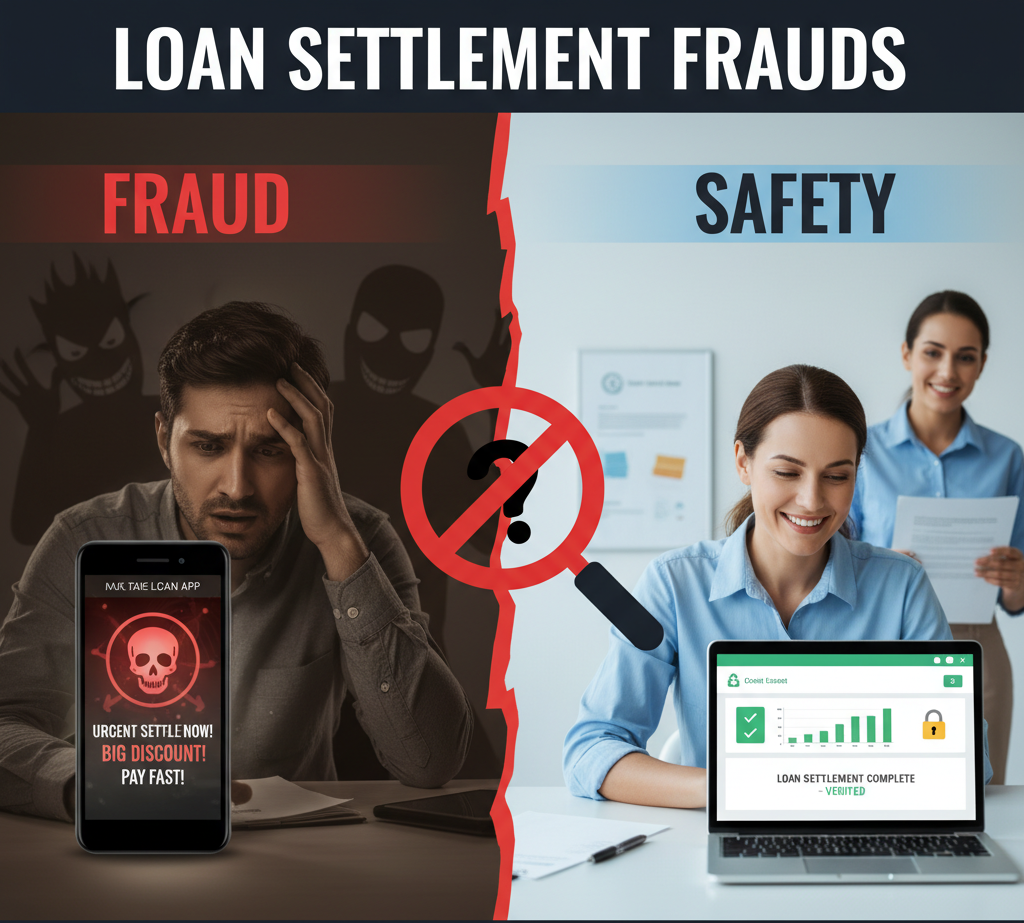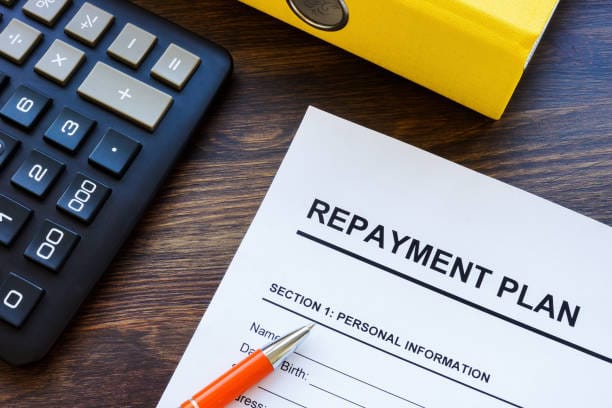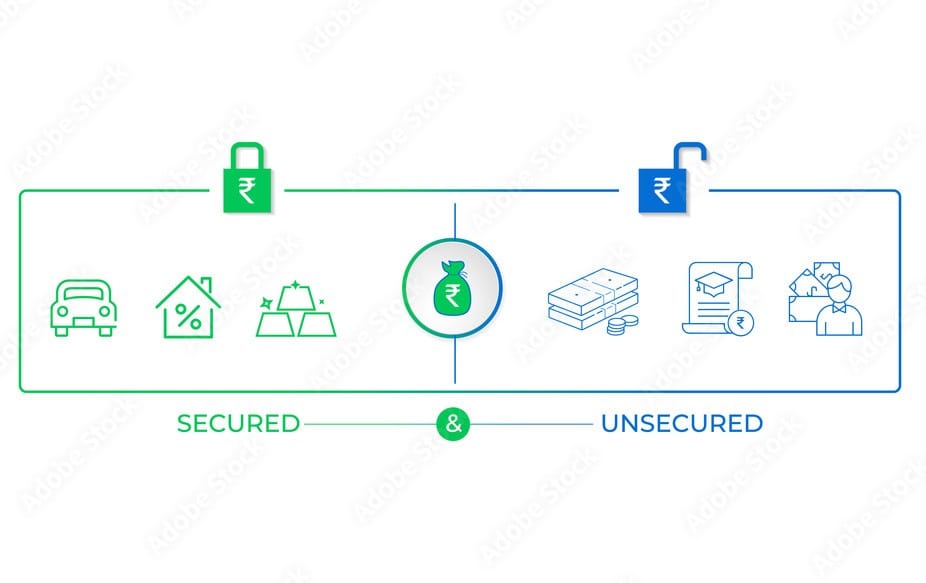How to Detect and Avoid Loan Settlement Frauds

Loan settlement is a process where a lender agrees to accept a one-time lump-sum payment less than the total outstanding debt, typically reserved for severe financial distress. However, this situation is heavily targeted by scammers. Loan settlement frauds often involve fake debt relief agencies or individuals promising unrealistic debt waivers, asking for upfront "consultancy" fees, or attempting to steal personal data.
The key rule is: never pay a third party to negotiate with your bank. Legitimate settlement is always a direct process between you and your bank, finalized with an official, signed Settlement Letter. Awareness of the red flags and a firm refusal to use intermediaries are your best defenses against losing money to these frauds.
Table of Contents
- Understanding Legitimate Loan Settlement
- The Anatomy of a Loan Settlement Scam
- Seven Red Flags of Fraudulent Agencies
- Key Self-Protection Measures (The Do's and Don'ts)
- The Impact of Settlement on Your Credit Health
- How to Report a Loan Settlement Scam
- Final Thoughts / Summary
- FAQs on Loan Settlement Safety
Understanding Legitimate Loan Settlement
Loan settlement, or One-Time Settlement (OTS), is a genuine financial tool used by banks to recover at least a portion of a non-performing asset (NPA). It is not a borrower’s right but a concession granted by the lender, usually as a last resort.
When Settlement Occurs
A bank typically considers a settlement only when the loan has been categorized as an NPA, meaning repayments are overdue by 90 days or more. The bank accepts a lower amount because it costs less than pursuing lengthy legal recovery proceedings.
The Legitimate Process
- Direct Communication: The process begins and ends with the borrower directly contacting the lender (Bank/NBFC).
- Offer Submission: The borrower submits a formal written offer outlining the proposed settlement amount.
- Official Letter: If accepted, the bank issues a formal Settlement Letter (OTS Letter) on its official letterhead, signed by an authorized officer, detailing the agreed-upon amount and payment timeline.
- Final Closure: Upon payment, the bank issues a No Due Certificate (NDC).
Crucial Point: All payments in a legitimate settlement are made directly to the lender’s official account — never to a third party.
The Anatomy of a Loan Settlement Scam
Scammers capitalize on the desperation and lack of knowledge of financially stressed borrowers. They impersonate debt consolidation experts or relief agencies.
The Scam Cycle
- The Bait (Unrealistic Promises): Scammers often contact borrowers who have defaulted (data is sometimes leaked or purchased) and promise a huge discount — often claiming they can get a 50–70% waiver.
- The Fee Trap (Upfront Money): The agency demands an immediate "onboarding fee," "legal fee," or "consultancy charge" to begin the negotiation process. This fee is the primary goal of the scammer.
- The Disappearance: Once the upfront fee is paid, the agency either becomes unreachable or performs basic, ineffective negotiations that the borrower could have done themselves.
- Data Theft: In some cases, scammers use collected KYC documents (Aadhaar, PAN, loan statements) to commit further financial fraud or identity theft.
Seven Red Flags of Fraudulent Agencies
To protect yourself, watch out for these clear warning signs that indicate a third party is likely fraudulent:
- Demanding Upfront Fees: The biggest red flag. Legitimate debt counselors rarely demand large, non-refundable fees before any debt relief is secured.
- Guaranteeing a Huge Waiver: No one can guarantee a specific settlement percentage. The decision rests solely with the lender.
- Insisting on Payment to a Personal Account: If asked to pay into a personal account or UPI ID not belonging to the lender, it’s fraud.
- Asking You to Stop Talking to Your Lender: Scammers try to isolate borrowers from their banks to control information.
- No Official Communication Channels: They use generic emails (like Gmail/Yahoo), lack a verified office address, or have no legal registration (CIN).
- Pressure Tactics: Urging you to act fast because the "settlement window is closing" is a classic manipulation technique.
- Refusing to Provide a Written Agreement: Legitimate consultants offer detailed contracts; scammers rely on vague promises.
Key Self-Protection Measures (The Do’s and Don’ts)
Protecting yourself requires proactive steps and adherence to financial safety rules.
| ✅ DO | 🚫 DON’T |
|---|---|
| Communicate only with your actual bank/NBFC via official channels. | Pay any fees or charges to a debt settlement agency or third party. |
| Verify the caller’s identity by calling the bank’s official toll-free number. | Share sensitive details like ATM PINs, OTPs, or Internet Banking passwords. |
| Insist on receiving a formal, signed Settlement Letter before making any payment. | Make payments into any account other than your lender’s official account. |
| Consult a certified financial counselor (CA or SEBI-registered advisor) if needed. | Use third parties claiming to represent your bank without an official @bankname.com email. |
The Impact of Settlement on Your Credit Health
A loan settlement can prevent bankruptcy but still harms your credit profile — even if done legitimately.
Credit Score Hit
When a loan is settled, the lender reports it as "Settled" or "Settled for an amount less than the full amount" to credit bureaus. This indicates the borrower didn’t fulfill the full loan agreement and negatively impacts the credit score.
Long-Term Consequences
A “Settled” tag stays on your credit report for up to 7 years, making new loans — especially unsecured ones like credit cards or personal loans — difficult and expensive.
Note: If a scammer convinces you to pay them instead of the bank, your loan remains unpaid, resulting in a Default status, which is even worse than “Settled.”
How to Report a Loan Settlement Scam
If you suspect or have fallen victim to a settlement fraud, act immediately:
- File a Police Complaint (FIR): Register a complaint with the local police or at the National Cyber Crime Reporting Portal. Include bank receipts, phone numbers, and communication records.
- Inform Your Lender: Notify your actual bank/NBFC that a third party is attempting to defraud you. This protects you from future complications.
- Contact RBI and Consumer Forums: File a complaint on the RBI’s Sachet Portal or with the National Consumer Helpline (NCH) to alert authorities.
- Change Passwords: If you shared personal data, change all passwords and monitor your bank statements for suspicious activity.
Final Thoughts / Summary
When struggling with debt, it’s easy to fall prey to promises of quick relief. But remember: loan settlement is always a direct negotiation with your bank.
Any third-party agency demanding upfront money and promising unrealistic waivers is almost certainly a scam. Protect your money by dealing only with your lender and insisting on an official Settlement Letter before paying anything.
👉 Download the GoodScore app to monitor your credit score and receive instant alerts if any third party attempts to pull your credit report without your authorization.
FAQs on Loan Settlement Safety
1. Is it legal for a third party to negotiate my loan settlement?
While debt counseling and assistance are legal, it is illegal for any person or entity to charge an upfront fee for performing debt settlement services. Always handle negotiations directly with your lender.
2. What document should I demand after settling my loan?
You must obtain a No Due Certificate (NDC) or a Loan Closure Certificate, along with the original Settlement Letter (OTS Letter). These confirm full discharge of your loan obligation.
3. Will my credit score improve after a loan settlement?
No. A settlement prevents further damage but is still marked negatively as "Settled." It can take up to 7 years for your credit score to recover based on your repayment behavior.
4. How can I verify if a settlement offer from my bank is real?
Call your bank’s official customer care number (not the one provided by the caller) and verify the offer details, reference number, and payment account. Never rely solely on calls or emails for confirmation.



